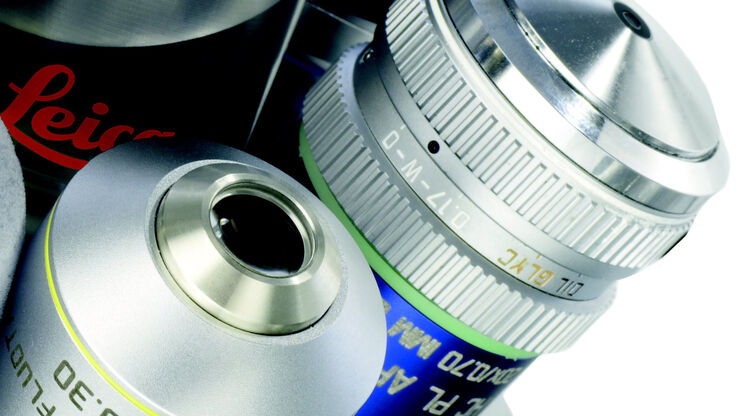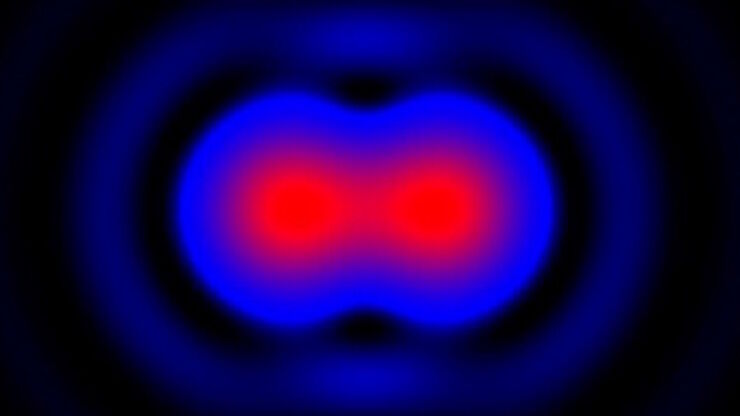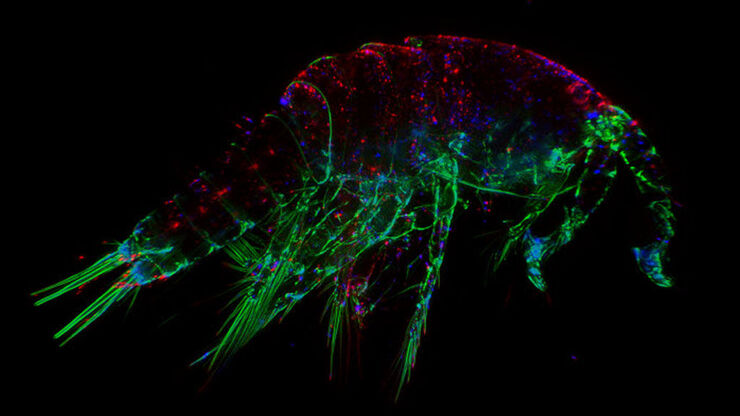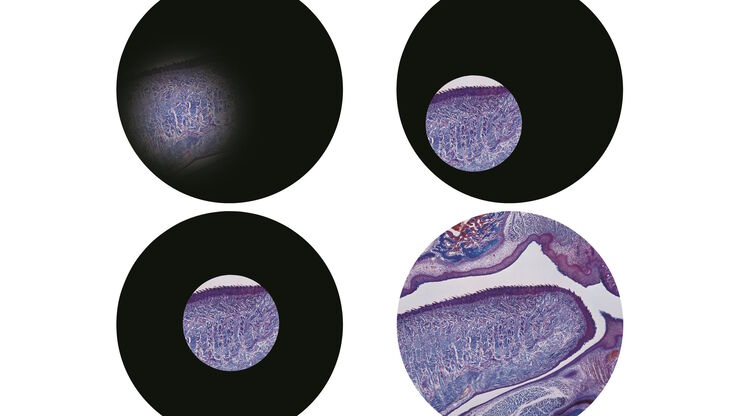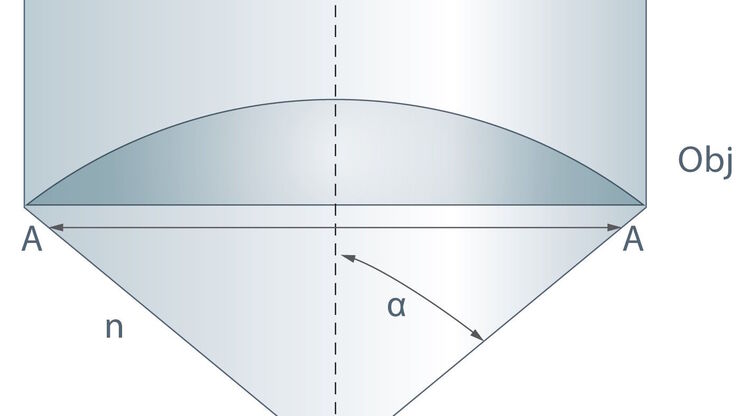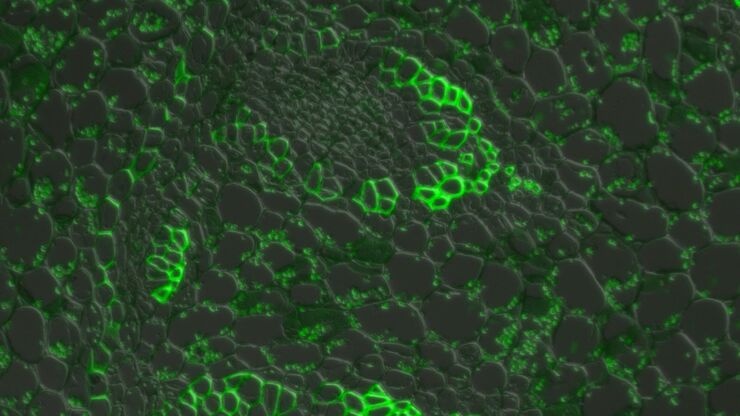Martin Wilson , PhD

Martin started off his career investigating contraceptive vaccines with the Medical Research Council (MRC). Following this, he moved into lung toxicology and gained his PhD in nanotoxicology from Edinburgh Napier University. He then returned to the MRC to work on endometrial pathology. Following a brief detour into global pharmaceuticals, Martin joined the magazine ‘Bitesize Bio’ and set up the Microscopy and Imaging Channel.
Now freelance, Martin runs his own arts and crafts business creating award-winning slate art and bespoke slate and wood items. Martin is still very much involved in science- writing articles for Bitesize Bio as well as Agar Scientific and has written the ebook ‘Before You Touch That Microscope!’ You can find out more about his arts and crafts work on his Facebook page: www.facebook.com/hatchburnandcarve.
